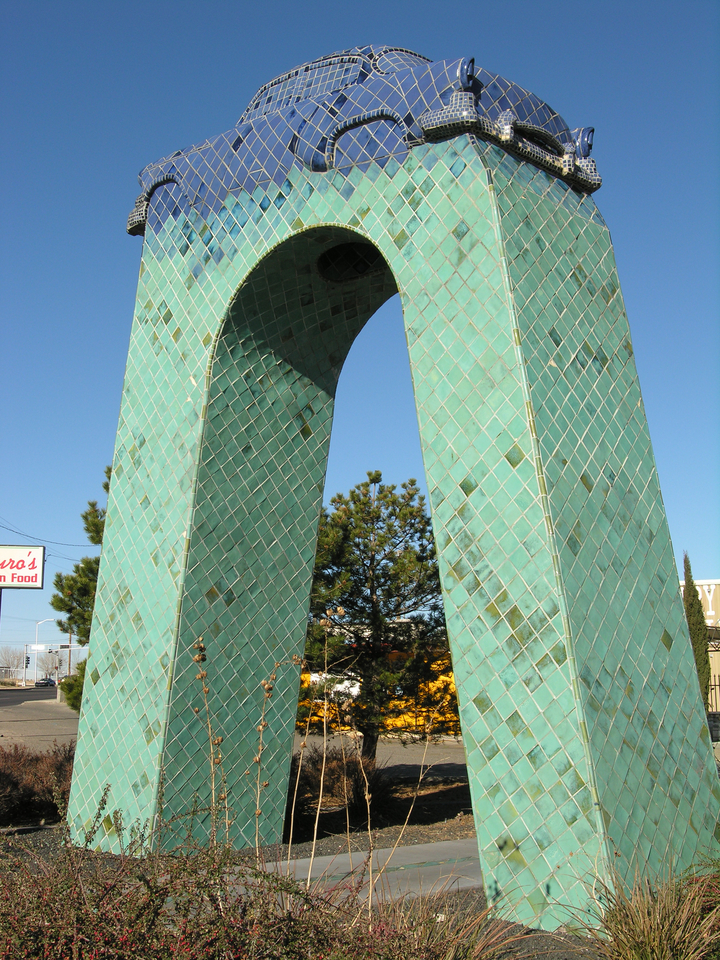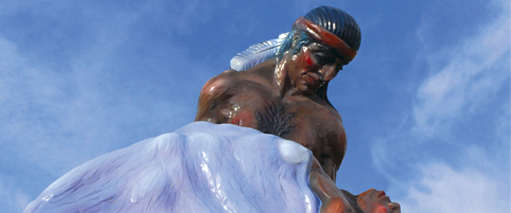A Primer On Public Art, Burque Style


The Epitome. "Cruising San Mateo," by Barbara Grygrutis
City of Albuquerque Public Art Program

The Excellent. "Rainbow Dancers," by Lee Marmon
Bernalillo County Art Program









